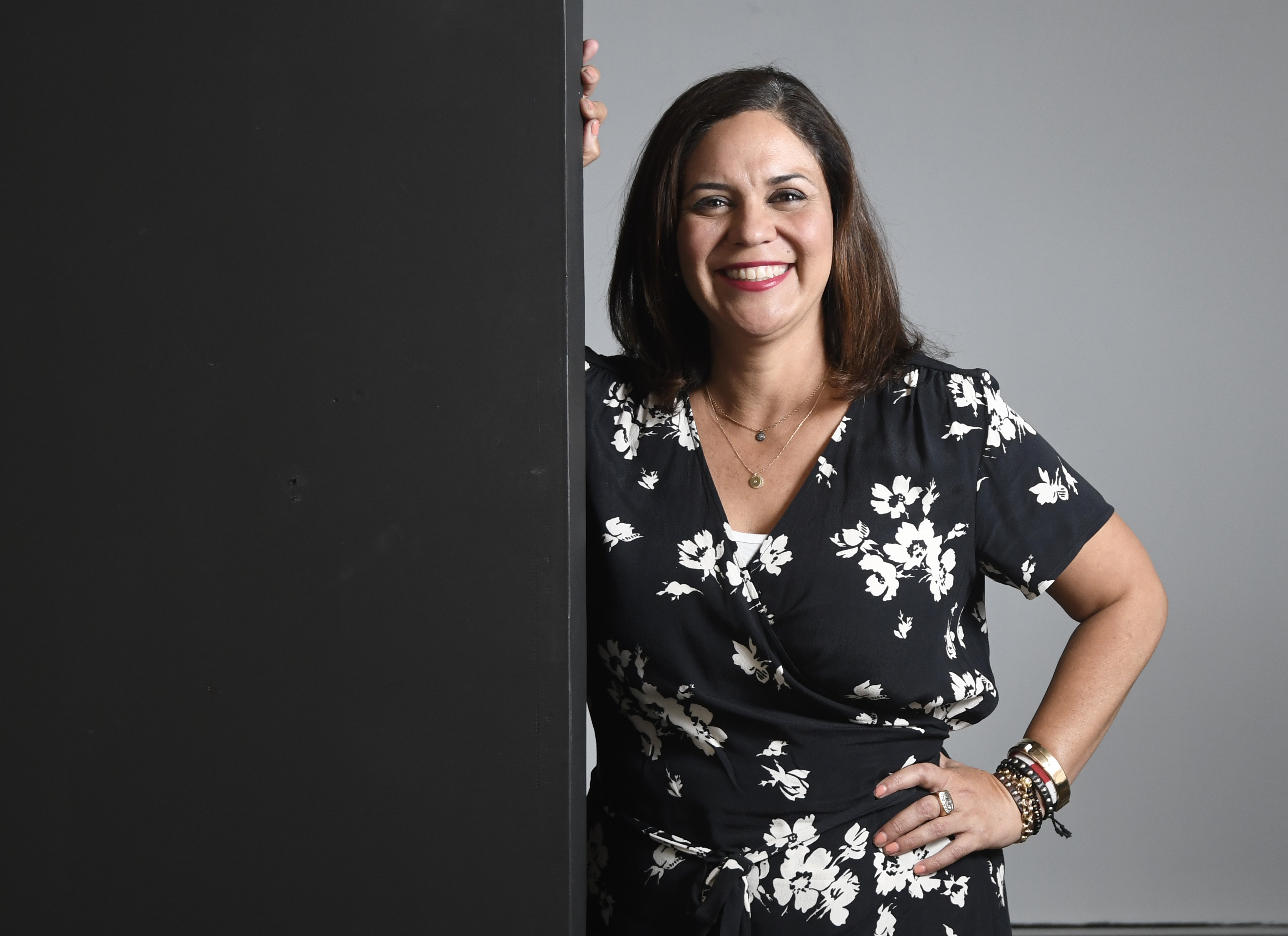Miki Garcia Departs MCASB
Director and Chief Curator Will Take Top Position at ASU Art Museum

When Miki Garcia arrived in Santa Barbara almost 13 years ago, the Museum of Contemporary Art Santa Barbara was known as the Contemporary Arts Forum. Founded in 1976 as a venue devoted exclusively to the display and study of art of the present, the organization has, under Garcia’s guidance, achieved remarkable growth and success. Thanks to an innovative financial model anchored by the Santa Barbara Dream Home Raffle, and to imaginative programming and leadership, what was once a “forum” is now a full-fledged museum, albeit a fledgling one. Full accreditation from the American Alliance of Museums in 2016 capped a more than decade-long drive toward a new level of status both within the community and on the international art scene. In anticipation of further expansion beyond the space limitations imposed by its current location on the second level of the Paseo Nuevo, MCASB recently acquired land in the Funk Zone; plans are being drafted to erect a permanent home there for its activities.
Garcia has invested every ounce of her considerable charm and determination in assembling the museum’s current team, which includes key players Frederick Janka as director of development and Jacquelyn Klein-Brown as chair of the board. Through more than a dozen years of international travel, networking, scholarship, and hustle, Garcia and her colleagues have shaken things up and attracted many loyal supporters for exhibitions by such important contemporary artists as Sanford Biggers, Dasha Shishkin, Mario Ybarra Jr., and Tam Van Tran. Under Garcia’s leadership, Heather Jeno Silva created what began as Forum Lounge and then morphed into the city’s only annual performance art festival, On Edge, in 2014. Jeno Silva testifies to the importance of Garcia’s role in fostering her work, saying, “Miki … encouraged my passion for performance art by giving me a platform on which I could explore and expand the genre in Santa Barbara.”
So, after all this, why is Garcia leaving? The short answer is that Arizona State University’s dynamic president, Michael Crow, made her an amazing offer. At ASU, Garcia will direct a museum of art that’s attached to one of the world’s largest art schools, the Herberger Institute for Design and the Arts, and that’s located in greater Phoenix, the fifth largest city in the United States. The position is not so much a step up as it is the on-ramp to another system, one in which stakes are unquestionably high. Since arriving at ASU in 2002, President Crow has led a massive campaign to re-envision the mission and delivery of higher education, demanding that traditional, discipline-based departments prove themselves nimble enough to compete with interdisciplinary institutes for resources and productive enough to demonstrate measurable results in the world outside the academy.
To Garcia, this approach sounds like the future. “We must educate everyone going forward,” she told me. “When I look at the demographics of a place like Arizona, where the split between generations is so wide, I see a tremendous need for access and inclusion. At ASU, that’s happening, yet the university is still providing the best — students, teachers, researchers, and artists — with the best tools and opportunities available.” On a more personal note, she added, “I grew up in the southwest, and I love the idea of this great desert experiment, a laboratory-like approach to art and education.”
As for the future of MCASB, she feels it is on an upward trajectory and looks forward to seeing someone come in who can make the dream of a 21st-century contemporary museum in the Funk Zone a reality. In terms of managing the transition, Garcia has pledged to complete work pro bono on a major show she’s curating that’s scheduled for June 2018 and that features two California legends: Robert “R.” Crumb and Bay Area street artist Barry McGee. As with so many of the exhibitions organized by this art-world leader, it is sure to be a memorable experience.



